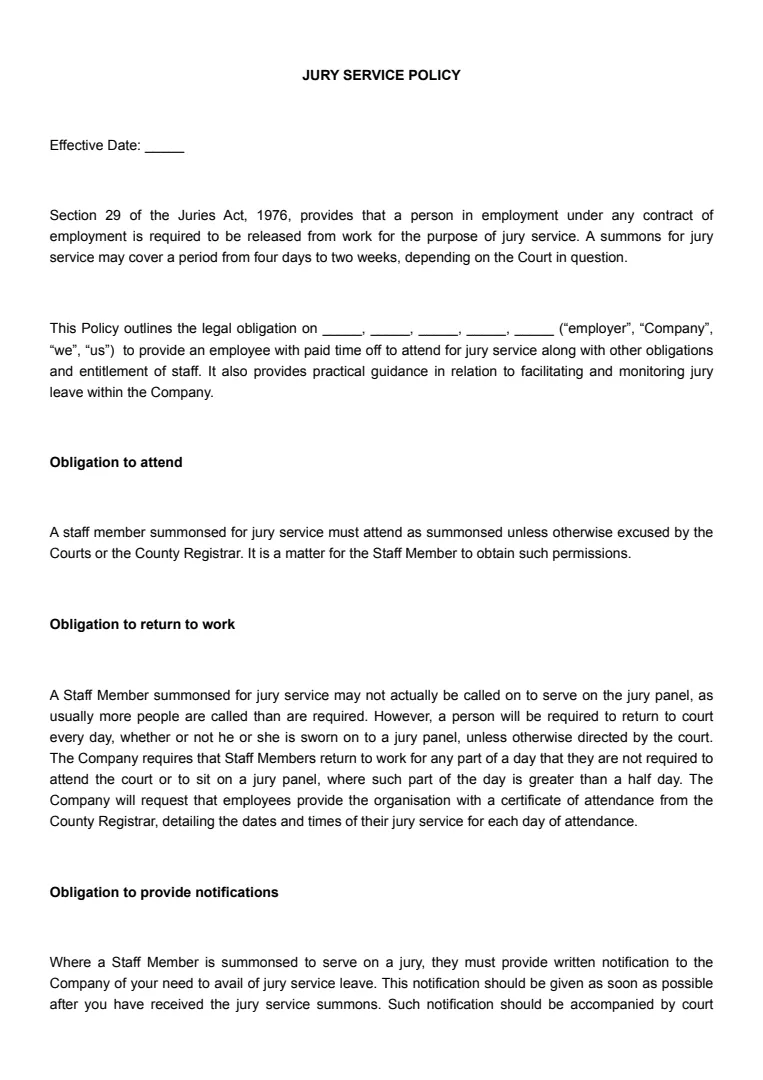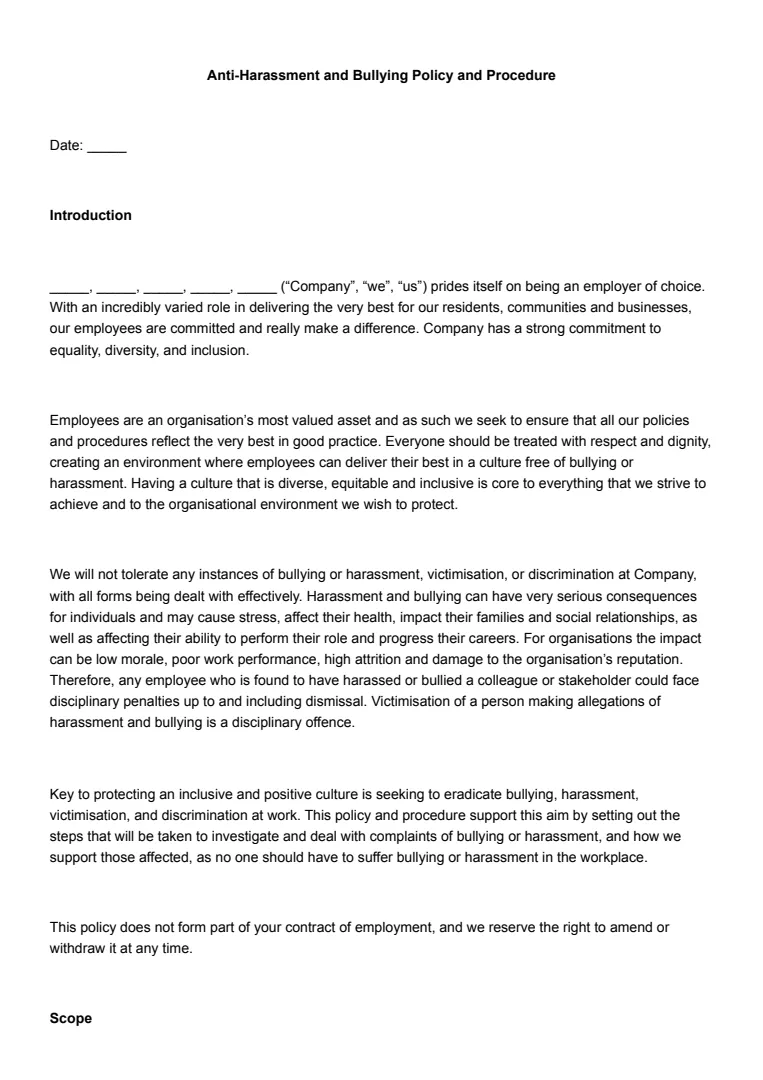What Is an Environmental Policy?
When you hear about an environmental policy, think of it as a commitment by an organisation or government to protect and manage the environment. These policies usually address key issues like air and water pollution, waste management, and the conservation of wildlife and natural resources.
An environmental policy statement formally outlines an organisation's dedication to improving its environmental impact. It sets the standards and goals for sustainable practices and helps hold the organisation accountable.
In practice, environmental policies exist in both the public and private sectors. They guide how resources are used sustainably and reduce harmful effects on ecosystems.
For companies, developing an environmental policy involves setting targets and integrating those into daily operations.
Government policies set regulations, ensuring organisations comply with laws designed to protect the environment. This may include standards for emissions or requirements for environmental impact assessments.
Sometimes, these policies include incentives for adopting green technology, promoting renewable energy use or carrying out conservation practices.
Environmental policies don't just prevent harm; they also encourage a better relationship between humans and nature.
By having clear policies, you’re more likely to see efficient resource use and long-term ecological benefits.
If you're part of an organisation, having a well-structured environmental policy not only enhances your reputation but also ensures you contribute positively to the environment.
When Is an Environmental Policy Needed?
An environmental policy is crucial when your activities impact natural resources or the natural environment. If your operations involve the use or management of resources like water, soil, or minerals, it's essential to have guidelines to protect these assets.
Consider implementing a policy if your business or organisation poses environmental risks. This includes activities that could potentially harm wildlife or degrade the quality of air, land, or water.
Industries such as manufacturing, agriculture, and construction, which often have direct effects on the environment, should prioritise developing a comprehensive policy.
Engaging in activities that may affect wildlife, including terrestrial and aquatic ecosystems, necessitates a thoughtful approach to environmental responsibility. For example, if your operations are located near habitats of endangered species, a policy can help mitigate negative impacts.
Key Questions to Consider:
- Does your organisation extract or use natural resources?
- Are there significant environmental risks associated with your operations?
- Could your activities harm wildlife or habitats of endangered species?
Addressing these questions ensures that you're not just complying with regulations but also contributing to sustainable practices.
It's not just about what's necessary; it's about being a responsible guardian of today's and tomorrow's environment.
How to Write an Environmental Policy
Creating an environmental policy is an essential step for organisations committed to sustainability. Here's how you can craft one effectively.
Step 1: Determine Your Organisation's Objectives
Clarify what your organisation aims to achieve with its environmental policy.
Consider how these goals align with your business's broader objectives. This helps ensure that the policy supports the organisational mission without compromising performance.
Step 2: Evaluate Legal and Regulatory Requirements
Familiarise yourself with relevant legal frameworks such as the Environment Act 2021 or the Clean Air Act. Understanding these laws will guide you in setting compliance-driven objectives.
Government departments and ministers of the crown may have specific regulations you'll need to follow.
Step 3: Identify Key Environmental Impacts
Assess how your operations affect the environment. Focus on areas such as resource consumption, waste management, and emissions.
Identifying these impacts allows you to set meaningful targets for improvement.
Step 4: Engage Stakeholders
Involve key stakeholders in the policy-making process. This can include employees, management, and external partners.
Their input ensures the policy is practical and gains widespread support within your organisation.
Step 5: Draft the Policy Statement
With the groundwork complete, craft a clear and concise policy statement. It should outline your commitments, objectives, and the scope of the policy.
This statement serves as a guiding document for your environmental management system.
Step 6: Set Measurable Targets
Define specific, measurable targets that align with your objectives. For instance, you might aim for a certain percentage of waste reduction.
These targets will help measure the policy's effectiveness over time.
Step 7: Review and Communicate
Once drafted, review the policy with key stakeholders for feedback. This final step ensures clarity and buy-in before widespread implementation.
You can also use an environmental policy template for the UK to help ensure you’ve included all the necessary points.
Communicate the policy through internal channels to raise awareness and ensure compliance.













